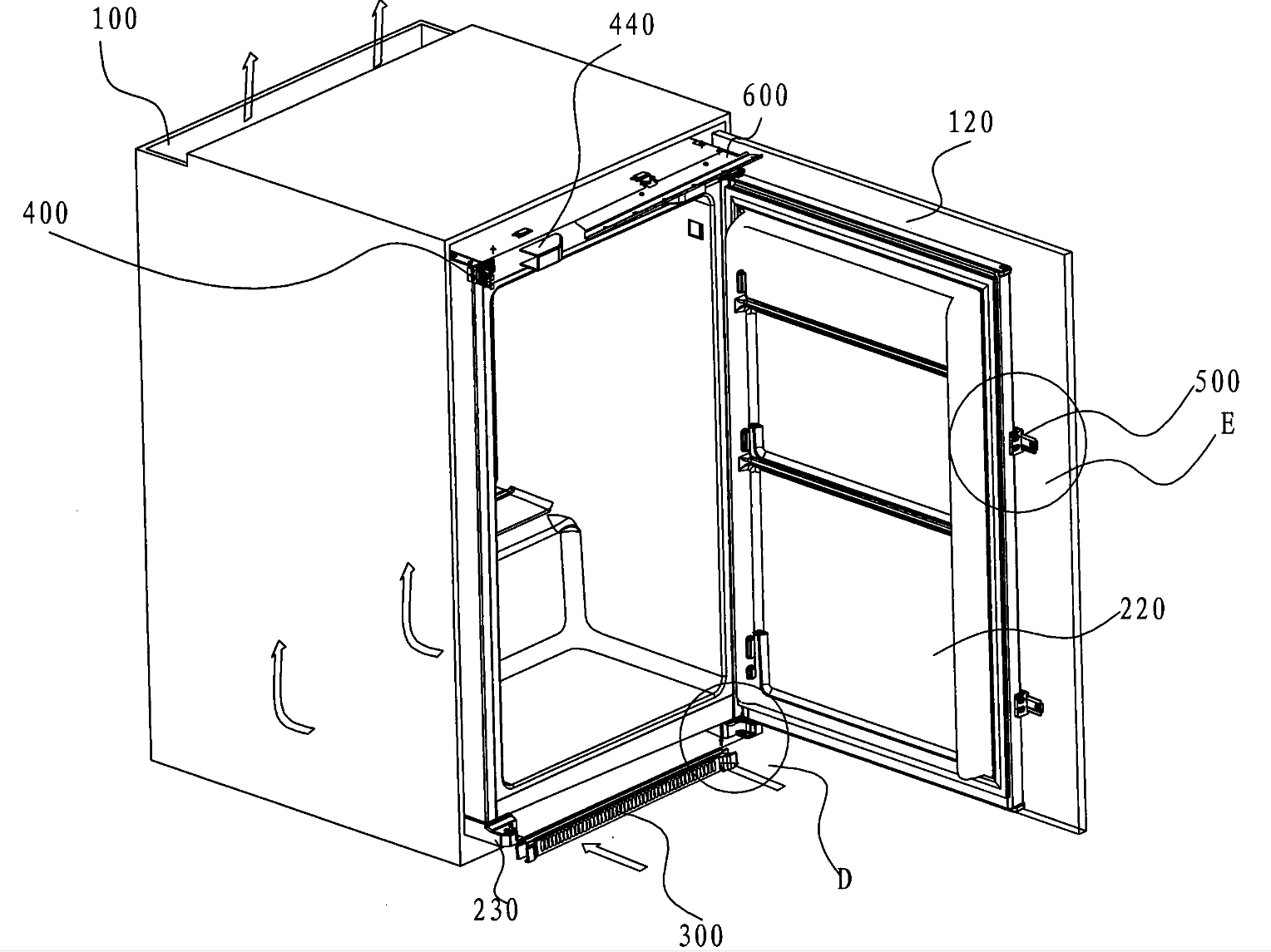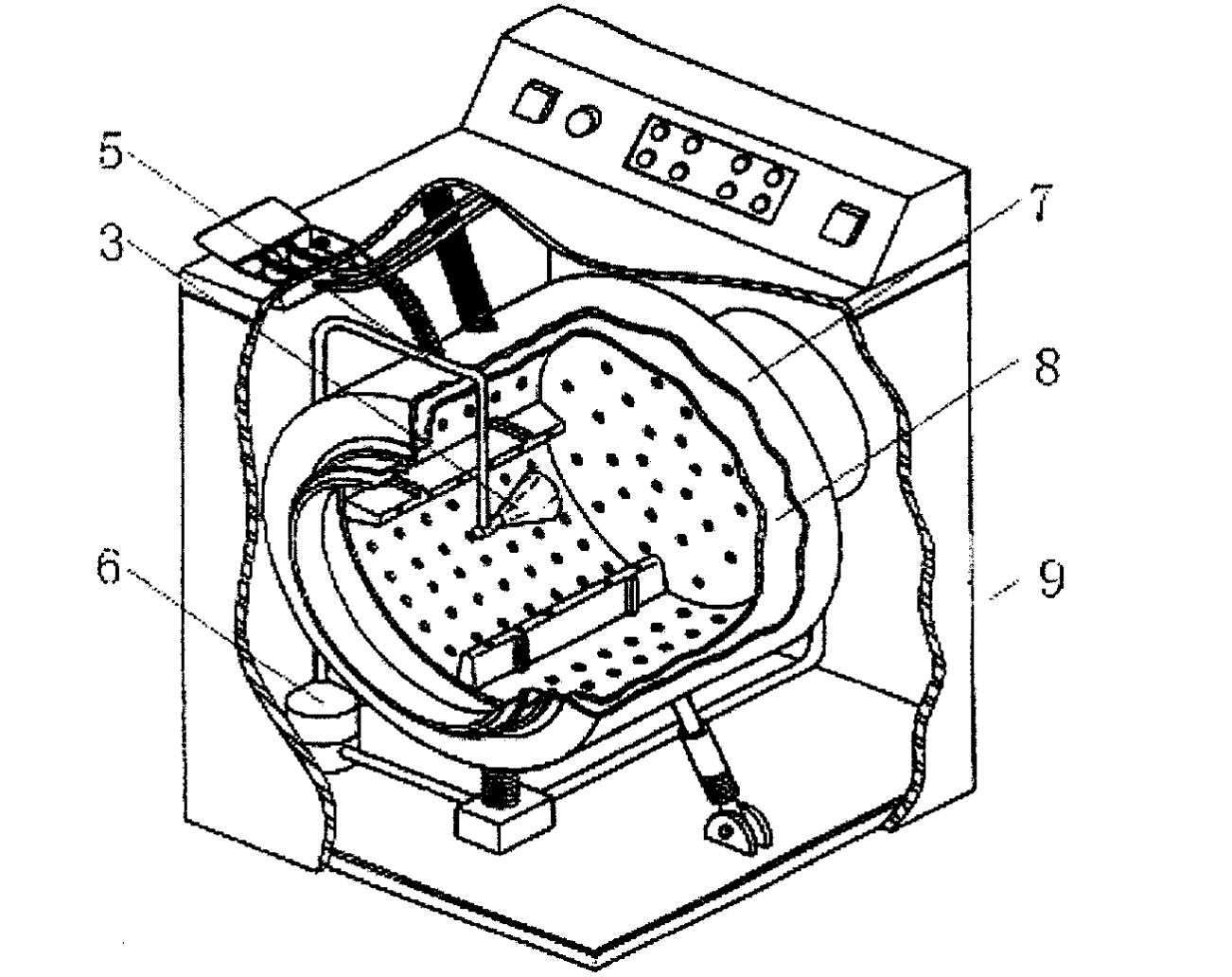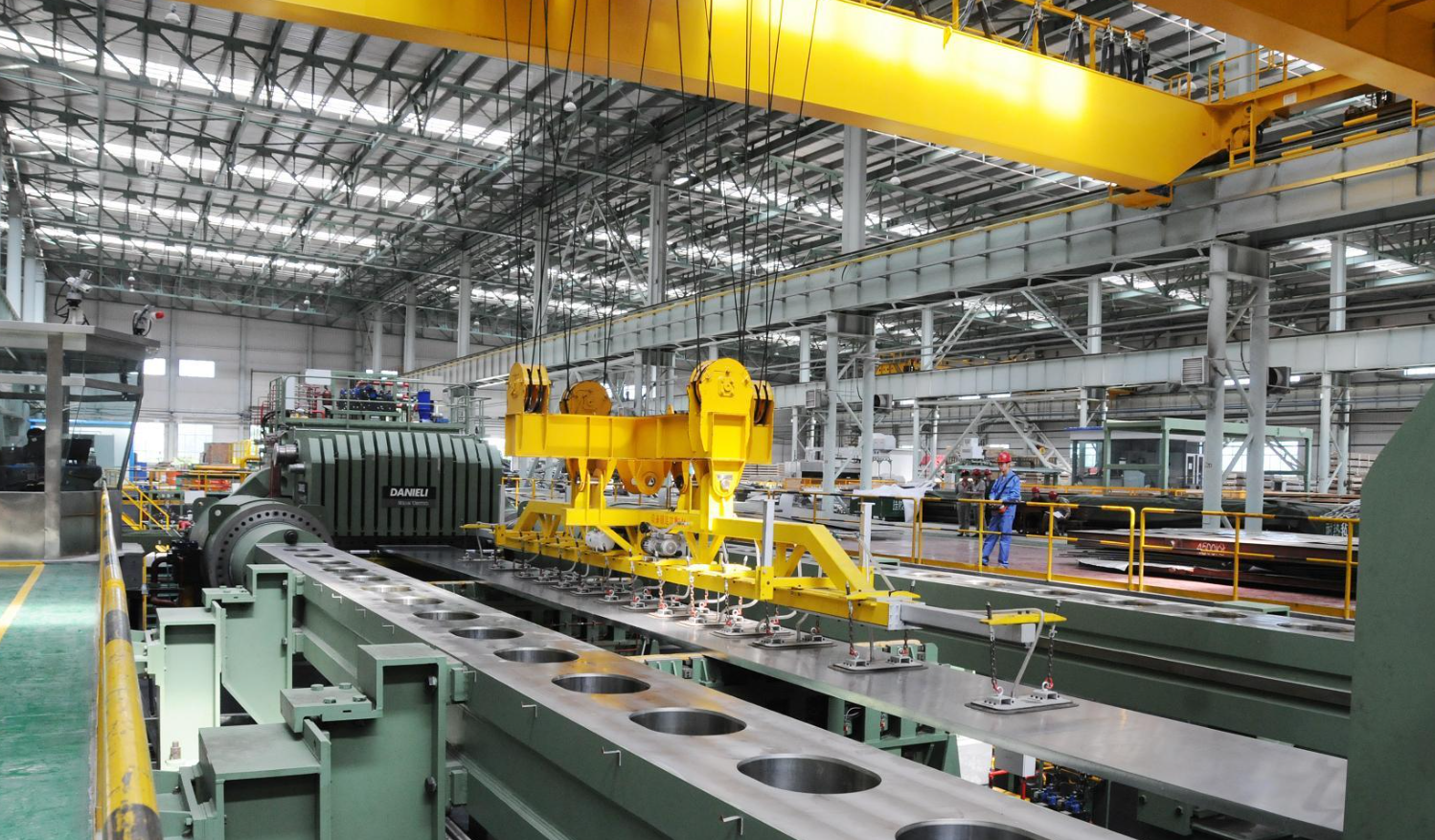
- English
- Español
- Português
- русский
- Français
- 日本語
- Deutsch
- tiếng Việt
- Italiano
- Nederlands
- ภาษาไทย
- Polski
- 한국어
- Svenska
- magyar
- Malay
- বাংলা ভাষার
- Dansk
- Suomi
- हिन्दी
- Pilipino
- Türkçe
- Gaeilge
- العربية
- Indonesia
- Norsk
- تمل
- český
- ελληνικά
- український
- Javanese
- فارسی
- தமிழ்
- తెలుగు
- नेपाली
- Burmese
- български
- ລາວ
- Latine
- Қазақша
- Euskal
- Azərbaycan
- Slovenský jazyk
- Македонски
- Lietuvos
- Eesti Keel
- Română
- Slovenski
- मराठी
- Srpski језик
Introduction to deep drawing technology: refrigerator door panels and washing machine drums
1. Overview of Deep Drawing Process
Deep Drawing is a metal processing technology widely used in the manufacture of various industrial products. It is mainly used to transform metal sheets into products with depth and complex shapes through stamping equipment. This process can not only produce parts with high strength and complex shapes, but also improve material utilization and reduce waste generation.
2. Deep Drawing Process of Refrigerator Door Panels
2.1 Process Flow
The manufacture of refrigerator door panels usually starts with the selection of suitable metal materials, such as cold-rolled steel sheets or aluminum alloys. The processing process includes the following main steps:
Cutting and pretreatment: First, the metal sheet is cut to the appropriate size and cleaned to remove surface oil and oxides.
Pre-punching: Punching holes or grooves on the metal sheet for subsequent operations to improve the plasticity of the material.
Deep Drawing: The metal sheet is placed in a drawing die and the sheet is gradually stretched and formed by pressure. This step may include multiple stages to ensure that the sheet does not crack during the forming process.
Finishing and inspection: The door panels after forming are trimmed to remove excess scraps, and the dimensions are checked and the quality is inspected.
2.2 Technical points
Material selection: The thickness, hardness and ductility of the material have a direct impact on the quality of deep drawing. Too hard materials may cause cracks, while too soft materials may not be able to maintain the shape.
Mold design: The design of the mold must be precise to ensure that the metal sheet can be stretched evenly without deformation. The lubrication and cooling system of the mold is also crucial to reduce friction and heat accumulation.
Forming parameters: Including parameters such as drawing speed, pressure and temperature, which need to be adjusted according to material properties and finished product requirements to obtain the best forming effect.


3. Deep drawing process of washing machine drum
3.1 Process flow
The production process of washing machine drum is similar, but the requirements are more stringent:
Material selection and processing: Select corrosion-resistant steel plates, such as stainless steel, for cutting and surface treatment.
Pre-punching: Pre-punching holes in the sheet for subsequent forming.
Drawing forming: Through a multi-stage drawing process, ensure that the inner surface of the drum is smooth and defect-free.
Welding and trimming: The drum body needs to be welded and trimmed after forming to ensure the stability and sealing of the structure.
Inspection: Including water tightness, balance and durability tests to ensure the performance and safety of the washing machine.
3.2 Technical points
Material characteristics: Since the washing machine drum body needs to withstand high speed and high temperature environment, stainless steel is a commonly used material. The corrosion resistance and strength of the material are the key.
Drawing technology: The washing machine drum body usually requires a high drawing technology to ensure the roundness and smoothness of the drum body while avoiding deformation and stress concentration.
Welding process: High-precision welding process is essential to ensure the sealing and durability of the drum body.
4. Other products applied to the drawing process
4.1 Automobile body shell
The manufacturing of automobile body shells also adopts the drawing process to produce complex-shaped body panels, such as front and rear doors, roofs, etc. This process requires high-strength metal materials and precise mold design to ensure the strength and beauty of the body.
4.2 Stove Liner
The stove liner needs to be resistant to high temperature and thermal shock. The deep drawing process is usually used to form the metal sheet into a heat-resistant liner to provide good thermal conductivity and structural strength.
4.3 Aircraft Shell
The shell and components of the aircraft are often produced by the deep drawing process to achieve lightweight and high strength requirements. These components are usually made of aluminum alloy or titanium alloy materials, and the performance and safety are ensured by precise forming processes.
4.4 Fire Water Tank
Fire water tanks usually require large capacity and high strength. The deep drawing process is used to produce the liner part of large water tanks to provide sufficient volume and durability.
Finally
As an important metal processing technology, the deep drawing process is widely used in product manufacturing in many industries from home appliances to automobiles. Through the precise control of materials, mold design and forming parameters, high-quality parts can be produced to meet various application requirements.




